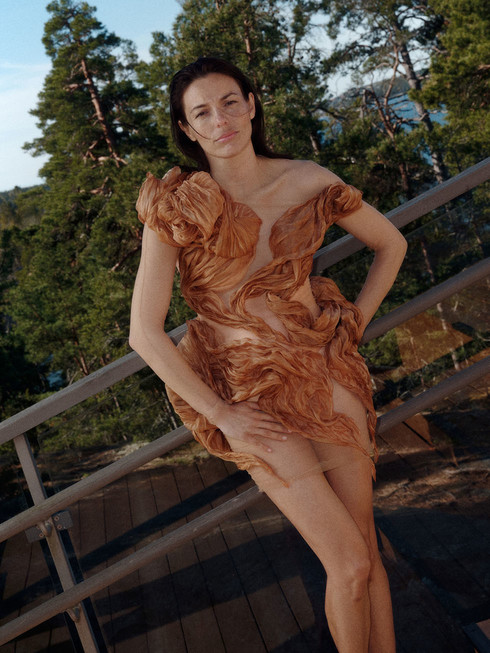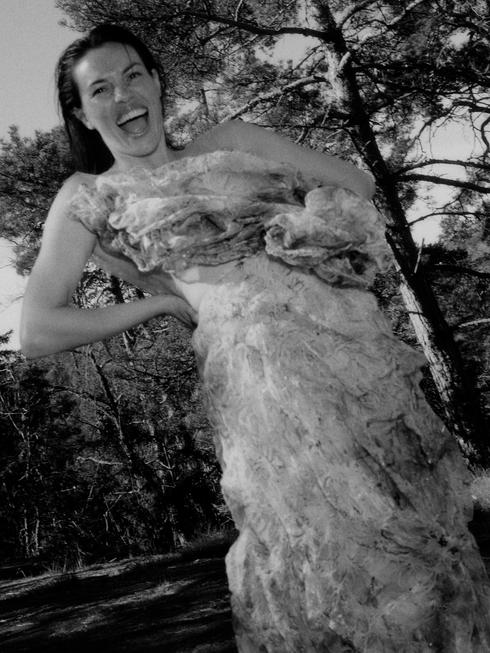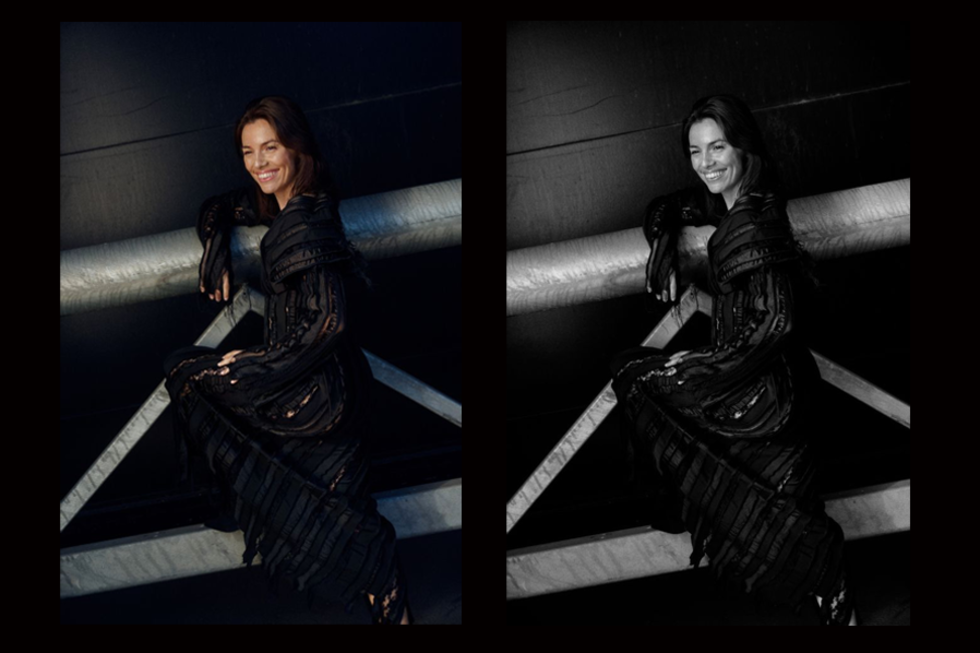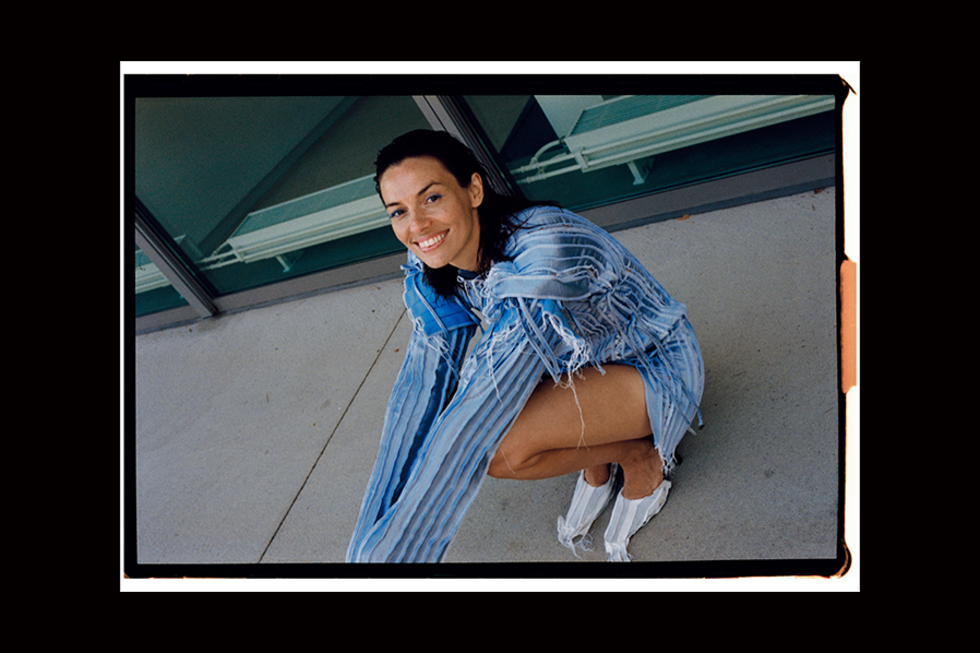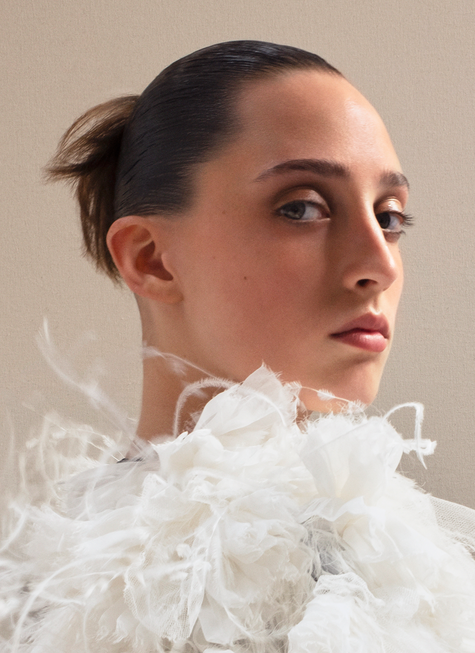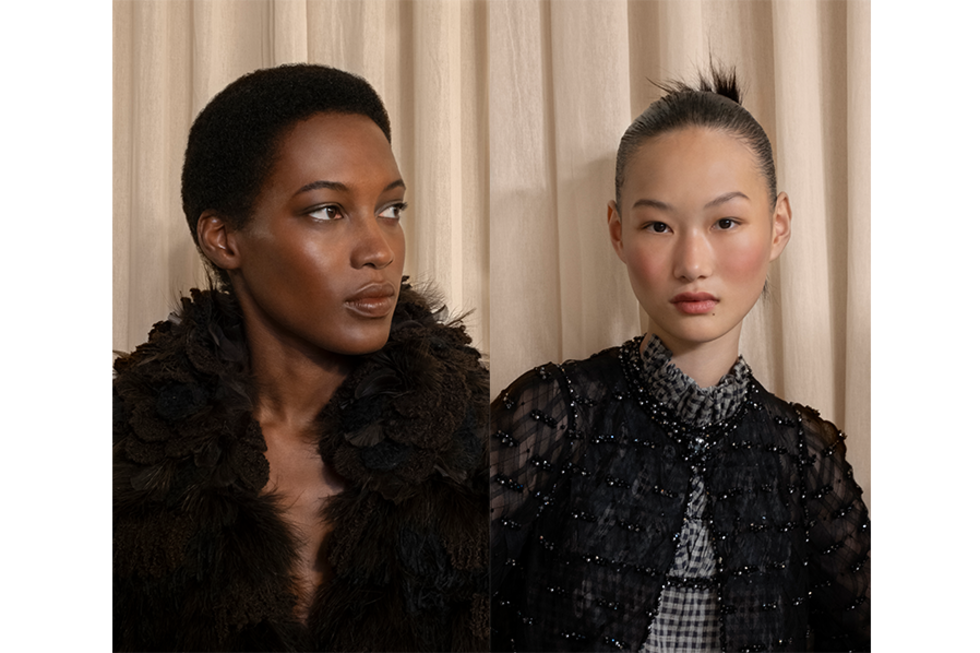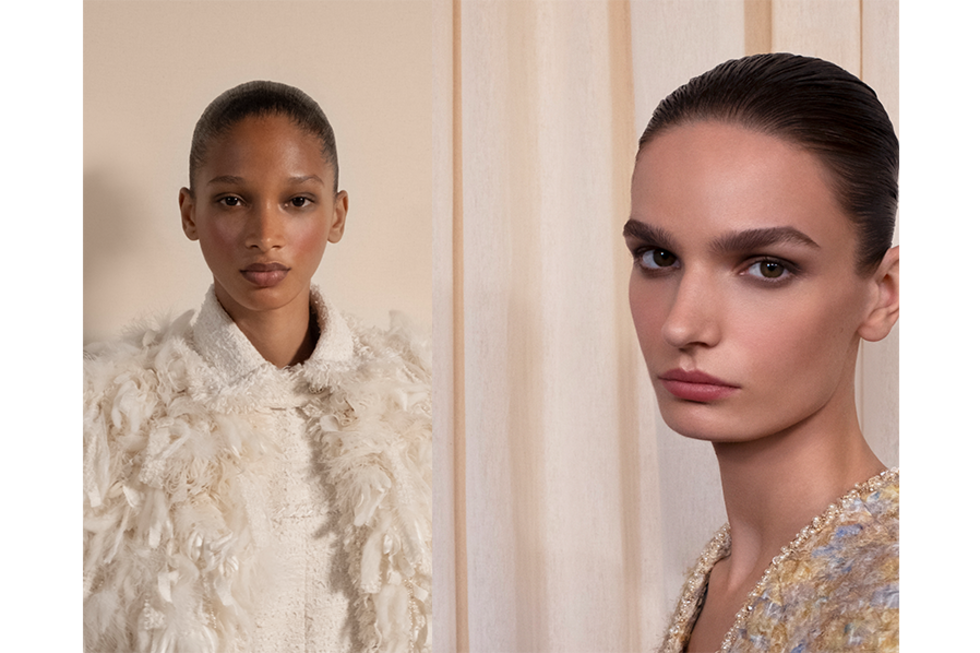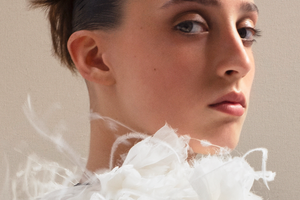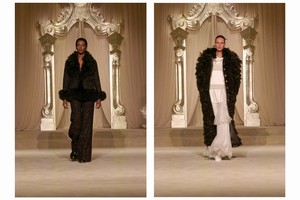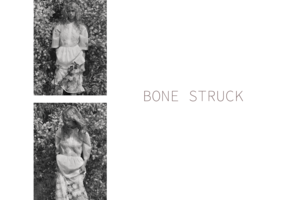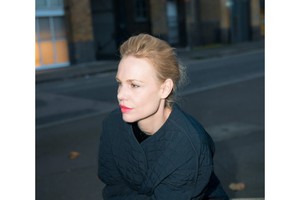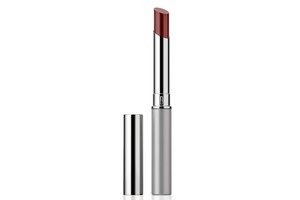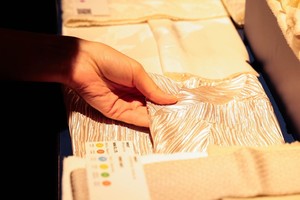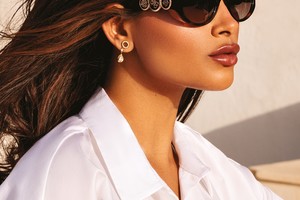“Human Touch is Essential, Not Just in Leadership but in Life” - Azra Osmancevic
Written by Natalia MunteanHer journey took her from Bosnia to Sweden, across the Atlantic Ocean to New York and then back to Sweden. Azra Osmancevic is a woman of many layers, heavily shaped by metamorphoses between cultures, cities and identities. “I think my journey has been a tapestry of contrasts, with each place adding a unique thread to my identity. It also deepened my belief that culture isn’t just inherited - it’s created and shared through the stories we tell and the connections we build. These transitions have been crucial for me culturally and identity-wise,” says Azra.
Azra’s multifaceted career reflects her belief in the power of reinvention and the importance of staying open to opportunities. “I don’t set rigid goals,” she says. “For me, success is a feeling - making a positive impact, staying true to my values, and waking up proud of what I’m building.” Whether through mentorship programs like Femtorship, her work in AI and media, or her passion for fashion and design, Azra’s life is a testament to the strength of resilience, community, and the human touch.
Natalia Muntean: You were named Female Leader of the Future in 2023 and mentioned that all leadership starts with strong self-leadership. Can you elaborate on that?
Azra Osmancevic: Leadership isn’t about titles or hierarchies, it’s about accountability, purpose, and integrity. For me, it starts with strong self-leadership: knowing who you are, and what you stand for, and using that to navigate life’s challenges. It’s about facing challenges with grace, resilience, and decency. It requires self-awareness, emotional intelligence, and the courage to take responsibility for your choices. Only when we lead ourselves effectively can we inspire and empower others to do the same.
NM: What advice would you give to someone stepping into a managerial or leadership role for the first time?
AO: I’d say it’s crucial not to lose your human touch. From my experience, it’s easy to lose that connection. You face so many difficult challenges, like redundancies. The first time is hard, but by the tenth time, it’s easy to become less emotionally involved in those decisions. But the best leaders I’ve seen never lose their human touch. They always see the people behind the numbers. So my advice is: be yourself, but never lose that human connection. Human touch is essential, not just in leadership but in life.
NM: Speaking of guidance, can you tell me a bit about Femtorship?
AO: Femtorship is a one-year mentorship program where we pair mentees with mentors. It’s designed for women aged 18 to 23. I started the program during my first maternity leave in 2019. It’s based in Sweden, though I dream of expanding it globally. However, it takes a lot of time and effort to ensure the program maintains quality. It can’t just be something superficial where a year passes and nothing happens. We have something called Femtalks, where we share interviews with various women with all the participants, like a monthly magazine. We also have FemWorks, which are seminars with companies around Sweden where mentors and mentees do activities together.
The program was born out of my desire to create a space where young women can see their potential reflected at them. It’s a place where they can build strong self-esteem by challenging their self-awareness, which is the foundation of strong self-leadership. As someone who’s navigated both challenges and opportunities, I wanted to bridge the gap for others, especially those who might feel overlooked. That’s what Femtorship is all about.
NM: That’s a really good initiative. Has there been a particularly memorable moment? And how long have you been running it?
AO: There have been many memorable moments since I launched the program in 2019. The most memorable moments are when mentees show how their confidence has grown or achieve something they didn’t think was possible. One mentee told me she landed her dream role because of the belief and guidance she found through the program. That kind of impact is what fuels me.
NM: What words of encouragement would you give to a young woman trying to create her path, especially someone from an immigrant background?
AO: I would say your unique story is your strength. Don’t let anyone diminish the value of your perspective and experiences. Challenges are opportunities in disguise, each one can teach you something about yourself or others. It’s important to find your tribe, not just in Sweden but in life generally. It doesn’t have to be big, mine isn’t, but it’s about finding people who uplift and inspire you. Stay curious, be bold, and dream bigger than what seems possible. Success, for me, isn’t about fitting in, it’s about standing out for all the right reasons.
NM: Now, if we switch a bit to your interest in fashion, has that been a passion since childhood, or how did it develop? I know you also created your dress for the Elle Gala.
AO: Fashion and interior design are powerful ways to communicate without words. My mother is a singer and a seamstress, so creativity and craftsmanship have always been part of my life. The Elle Gala dress is one product of our mother-daughter love. I drew the vision, we sourced the fabric together here in Stockholm, and my mother sewed it. It was such a wonderful moment to share that dress with the world, knowing my mother made it for me. Creating the Elle Gala dress wasn’t about style, it was about showing how beauty can be deeply personal and celebrating craftsmanship.
NM: Do you have a piece in your wardrobe that you care for more than others?
AO: Yes, but it’s not something I created; it’s something I inherited. It’s a silk shirt in a radiant yellow, like sun rays, from my grandmother. It’s my favourite piece. It’s always stylish, goes with almost anything, and holds so much meaning for me.
NM: When you’re getting dressed, how do you manage to express yourself?
AO: I don’t have a particular style. I think my style is mashing up styles. Nothing is off-limits for me; I go with the mood I’m in. I always try to mix something classy with something that breaks the perfection. I also love finding vintage or second-hand pieces. About 95% of my wardrobe is thrifted, including my children’s clothes.
NM: Can you tell me a little bit about interior design? How do you approach it?
AO: I see interior design very much the same way I see fashion. I think of spaces as extensions of our inner world - places where we feel at home, inspired, and aligned with our values. I love finding old furniture and giving it new life by changing the fabric, for example. I believe the world doesn’t need new products, whether in fashion or interior design. We have enough for decades to come. So, I challenge myself to find things I truly care about. My husband and I bought our new house a year ago, it’s from the 1970s, and we’ve been very mindful about refurbishing it to ensure it fits the original style. We’ve kept a lot of the furniture that the first owner had, and I’ve taken pieces to a textile workshop where they reupholster and polish them. We’re trying to respect the soul of the house, and that’s how I see both fashion and interior design.
NM: You’re involved in so many different things. How do you find motivation, balance, time, and energy?
AO: I stay motivated by connecting my work to a larger purpose. Whether it’s my day-to-day job, board work, friendships, or building my own company, I want everything to align with my values and the impact I want to have. Balance, for me, comes from setting boundaries and recognising that rest is equally important. But balance isn’t a natural byproduct when you love doing a lot of things, you have to be extremely mindful of it and schedule it intentionally. That’s the hardest part for me - the juggle. When you’re passionate about many things, balance doesn’t just happen; you have to make it happen.
NM: What does success mean to you, and has that definition evolved over the years?
AO: It’s definitely evolved. Success used to feel like a destination—an achievement or a certain recognition. But now I see it as a journey. For me, success is a feeling. I always say the greatest gift you can give yourself is coming closer to your truth with every passing year. That’s success for me: making a positive impact, staying true to my values, and waking up feeling proud of what I’m building and grateful for the people and experiences around me. So, success is a feeling now, whereas it used to be about achievements. Maybe I wouldn’t feel this way if I hadn’t achieved what I set out to achieve earlier in life. It’s all part of the journey.
NM: Do you feel like you’ve “made it”?
AO: Oh, yes. I’m super proud. I didn’t come from money or connections. Everything I’ve built, I’ve built with my mother’s hand on my back, pushing me forward and saying, “I’m here. You go.” I don’t want anything else in terms of materialistic things - clothes, cars, homes. I’m super happy with what I have now. Now it’s just about making sure I spend my time wisely.
NM: In a previous interview, you mentioned that you don’t set rigid goals and try to stay open to opportunities. Are there any opportunities or dreams you’re currently nurturing?
AO: I’d love to expand mentorship opportunities so more young women can access the support they need. I also dream about committing fully to my own company, Justic, that I co-founded and which is currently a side gig alongside my CEO role at CoStudio, a content group that includes several TV, film and podcast companies. Above all, for me, it’s about growing, learning, and finding new ways to contribute meaningfully, whether on an individual or societal level. Both are equally important to me.
NM: Can you tell me more about Justic?
AO: Justic is AI-based and started with the aim to democratise law by addressing overlooked issues. For example, we created Juridikdoulan, an AI bot that helps women claim compensation for injuries sustained during labour. We try to identify niche problems and create AI tools to help people reclaim money or address specific issues. It’s about making the law accessible for overlooked problems and communities. However, we are now making a pivot, taking a different path and incorporating Justic into something completely new that will launch later this summer.
NM: A lot of your initiatives focus on women or address women’s issues. You’ve also mentioned your mom in this interview. Do you think she inspired this focus, or is it also because of your journey?
AO: My mom inspires me in many ways. She’s a strong woman who taught me the importance of community. She came to Sweden alone with me, and I saw how other women helped her during my upbringing and how she, in turn, gave back to me. This sense of female community is very important to me. I’ve received so much from my mom and the women around her, and I want to give back. I also feel that women often compete with each other in ways men don’t; this is sadly my personal experience so far, but maybe it will be different in the future. Men tend to bring their friends along to the top, while women sometimes think only one person can stand at the top. I want to change that. In Femtorship, we talk a lot about how there’s enough room for everyone. Just because one person is successful doesn’t mean you can’t be too, whatever success means to you. So, yes, a lot of my initiatives are rooted in strengthening female communities. However, for real change to happen, the people with capital need to act differently and seize the opportunities they’re missing out on by putting their money where their mouth is.
NM: Every step counts. Where do you see yourself focusing your energy going forward?
AO: The next chapter for me is about deepening impact, whether through leadership, mentorship, entrepreneurship or creative pursuits. I also look forward to seeing my two daughters, who are three and five, grow into everything they already are. For me, motherhood is the most beautiful journey, and where most of my energy flows. I’m actually expecting our third child, and if all goes well, a baby brother will join our family this fall. But as I said, I don’t make rigid plans. It’s about staying true to my path while remaining open to where it leads.

